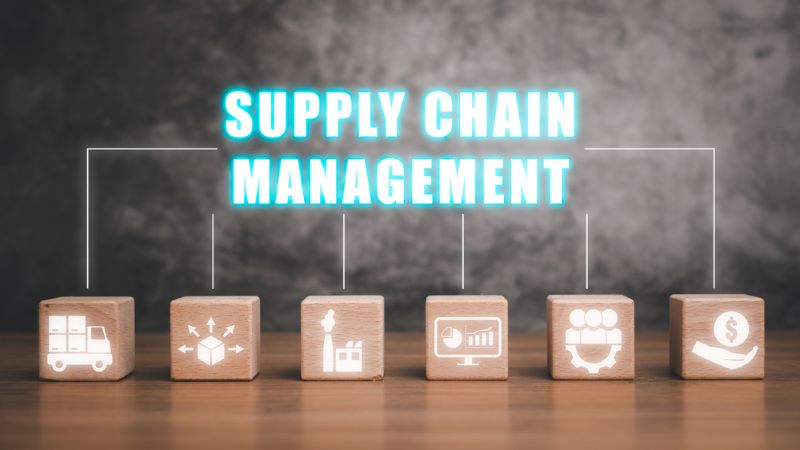Click here to get this post in PDF
In today’s interconnected global economy, supply chains are vulnerable to various risks that can disrupt operations and impact profitability. Effective supply chain risk management (SCRM) strategies are crucial for businesses to mitigate these possibilities and maintain continuity. By implementing robust SCRM strategies, companies can safeguard their supply chains from unforeseen disruptions and enhance overall resilience.
One of the foundational elements of effective SCRM is proactive identification and assessment of potential risks, involving conducting thorough risk assessments across all supply chain stages, from suppliers to distribution channels. By understanding the vulnerabilities and dependencies within the supply chain, companies can effectively prioritize their efforts and resources to address high-impact risks.
Another essential strategy is fostering collaboration and transparency with suppliers and other partners. Building strong relationships based on trust and open communication allows for better risk visibility and joint problem-solving. Collaborative efforts can include sharing risk data, conducting joint risk assessments, and developing contingency plans. This approach not only enhances risk management capabilities but also strengthens the overall resilience of the supply chain network.
Utilizing advanced supply chain planning software is also pivotal in modern SCRM strategies. These software solutions provide real-time data analytics and scenario modeling capabilities, enabling businesses to simulate various risk scenarios and evaluate the potential impact on operations. By leveraging predictive analytics and machine learning algorithms, supply chain planning software can identify early warning signals of possible disruptions, allowing companies to proactively mitigate risks before they escalate.
Diversifying the supplier base and establishing redundancy in critical supply chains are effective risk mitigation strategies. By spreading sourcing across multiple suppliers or geographic regions, companies can reduce the dependency on a single source and minimize the impact of disruptions such as natural disasters, geopolitical instability, or supplier bankruptcies. Developing alternative sourcing strategies and maintaining safety stock levels can further buffer against supply chain disruptions and ensure continuity of operations during crises.
Regular monitoring and continuous improvement are integral to maintaining effective SCRM strategies. Supply chain risk management should be an ongoing process, with regular reviews of risk profiles, mitigation measures, and contingency plans. This iterative approach allows businesses to adapt to changing market conditions, regulatory requirements, and emerging threats effectively.
Moreover, investing in employee training and organizational resilience capabilities is essential. Educating employees on SCRM protocols and equipping them with the skills to respond swiftly to disruptions can mitigate operational downtime and minimize financial losses. Building a culture of resilience within the organization also encourages proactive risk management behaviors at all levels, fostering a responsive and agile supply chain ecosystem.
Effective supply chain risk management is indispensable for today’s complex and unpredictable business environment. By integrating proactive risk identification, collaborative partnerships, advanced technology solutions like supply chain planning software, and robust contingency planning, companies can effectively enhance their ability to anticipate, mitigate, and recover from supply chain disruptions. Embracing these strategies protects businesses from financial and operational risks and strengthens their competitive advantage in the marketplace.
You may also like:
HappyRobot raises $44M to build a digital workforce for the real economy
The Power of Shared Language in Boosting Supply Chain Efficiency
5 Ways to Mitigate Supply Chain Risk
Image source: Depositphotos.com

